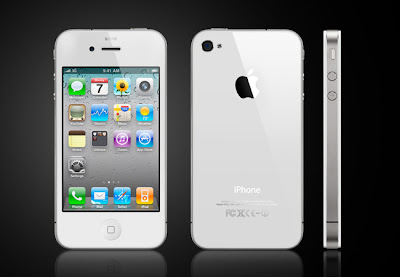
The Samsung Galaxy Note II comes with a Super AMOLED touch screen size measures 5.5 inches with a resolution of 1280 x 720 pixels, and is powered by four Quad Exynos chipset with a 1.6GHz quad-core processor and 2GB of RAM.
Samsung Galaxy Note II is equipped with 8 megapixel camera and 1.9 megapixel front behind, and has a battery with a capacity of 3100mAh. Samsung Galaxy Note II is thinner than its predecessor, with only 9.4mm thick and weighs 180 grams.
Samsung Galaxy Note II is also equipped with S-Pen that comes with new features. Some of the latest features including Air View, which...







.jpg)



















